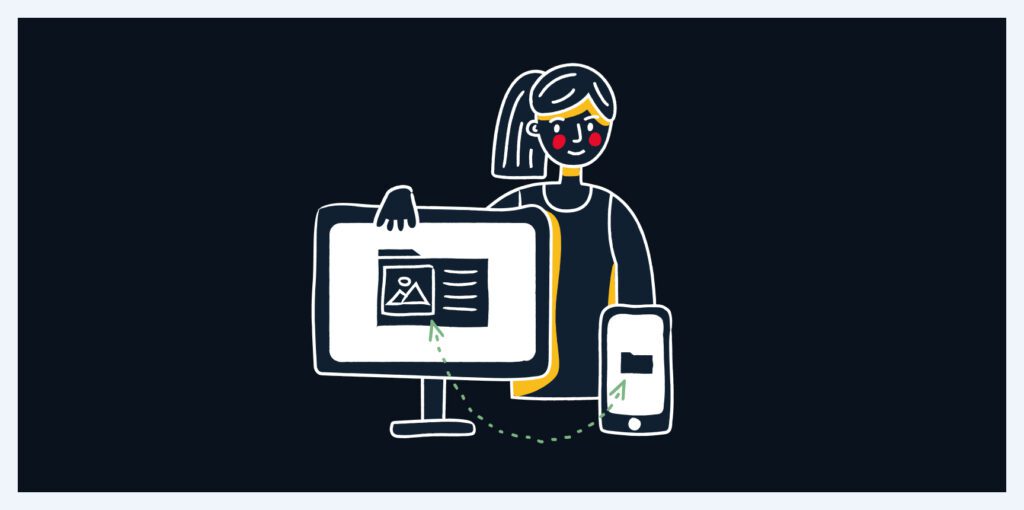Title II Compliance
Meeting New Web Accessibility Standards

What is Web Accessibility?
“Inaccessible web content means that people with disabilities are denied equal access to information. An inaccessible website can exclude people just as much as steps at an entrance to a physical location.” -US Department of Justice
Web Accessibility is about ensuring that everyone can get the information they need.
Potential Accessibility challenges can include:
Poor color contrast
Lack of captions
Inaccessible forms
What are Title II Regulations?
In May of 2024, the U.S. Department of Justice updated Title II regulations under the ADA, setting clear standards for web accessibility for local governments and their associated third parties (including K-12 schools, libraries, museums, and other community services). These new rules require that all public-facing websites and mobile apps meet accessibility standards.

What is a Web Accessibility Audit?
Our thorough Web Accessibility Audits are designed to help you meet the new Title II standards. Our process ensures that your site is federally compliant and user-friendly. Here’s how we help you serve your communities:
Analyze
Our User Experience experts perform an in-depth analysis of your website, evaluating both visual and usability issues, and identify areas for improvement.
Strategize
We create a tailored action plan to address identified issues, ensuring that all necessary changes align with WCAG 2.1 guidelines.
Optimize
Our team implements the improvements to make your website fully accessible. This includes coding adjustments, design enhancements, and usability improvements.
Can I use AI instead?
There are a number of Artificial Intelligence widgets available to assist with web accessibility. While they are not a blanket solution to all web accessibility issues, AI widgets are an affordable alternative to a professional accessibility audit.
It is important to note that AI cannot replace human expertise, and there have been several recent lawsuits against AI powered web accessibility tools.
That said, we do believe there is value in AI accessibility tools; in fact, we use them to enhance our audits. Buckeye Innovation often installs accessibility widgets once we have solved a website’s most pressing accessibility issues, and we train our clients to monitor the data the AI collects.
In some cases, an organization may not have the budget for a large-scale accessibility audit. Many of them turn to AI widgets as a solution. While these are not guaranteed to solve all accessibility concerns, and they may not fully remove the risk of litigation, we certainly believe that some remediation is better than none.


Why Act Now?
Upcoming Compliance Deadlines
The new Title II regulations set specific compliance deadlines—April 24, 2026, for entities with populations of 50,000 or more and April 26, 2027, for those with smaller populations. Ensuring your website meets these standards ahead of time will help your organization avoid potential legal issues and penalties.
Mitigate Risks and Costs
Non-compliance can lead to significant financial consequences and legal challenges. Addressing accessibility now helps your organization to avoid these risks and reduces long-term costs associated with legal disputes.
Expand Your Audience
Features like adjustable text sizes, color contrast, and screen reader compatibility make your site easier to navigate for all users, not just those with disabilities.
Better Serve Your Community
Making your website accessible means that everyone can access your services and information without barriers.
Get Started with Buckeye Innovation!
Don’t wait until the deadline approaches. Ensure your website is compliant with the new accessibility standards today. Contact Buckeye Innovation for a comprehensive Web Accessibility Audit. Our experts are ready to guide you through the process and help you meet the new federal requirements.
